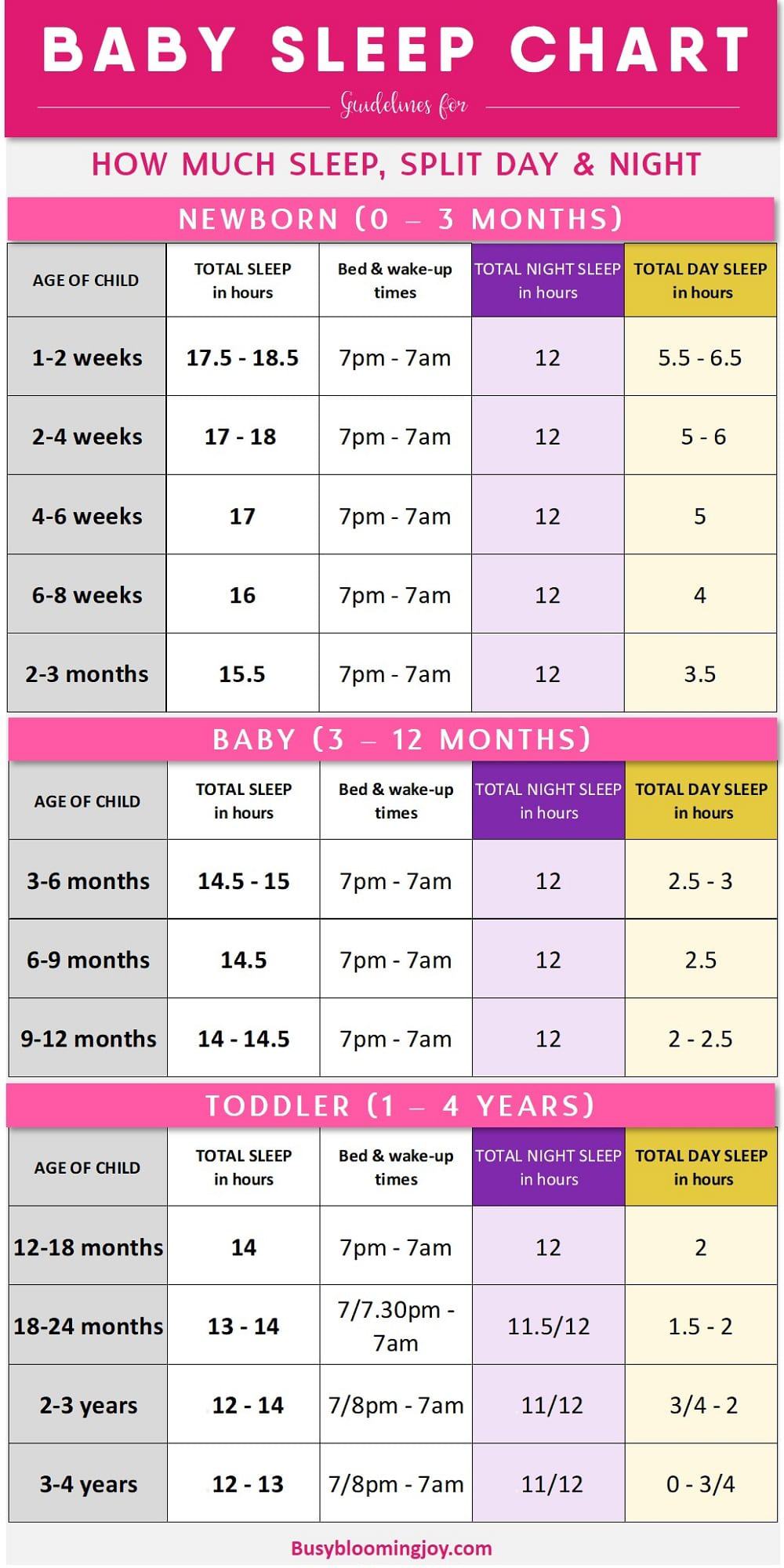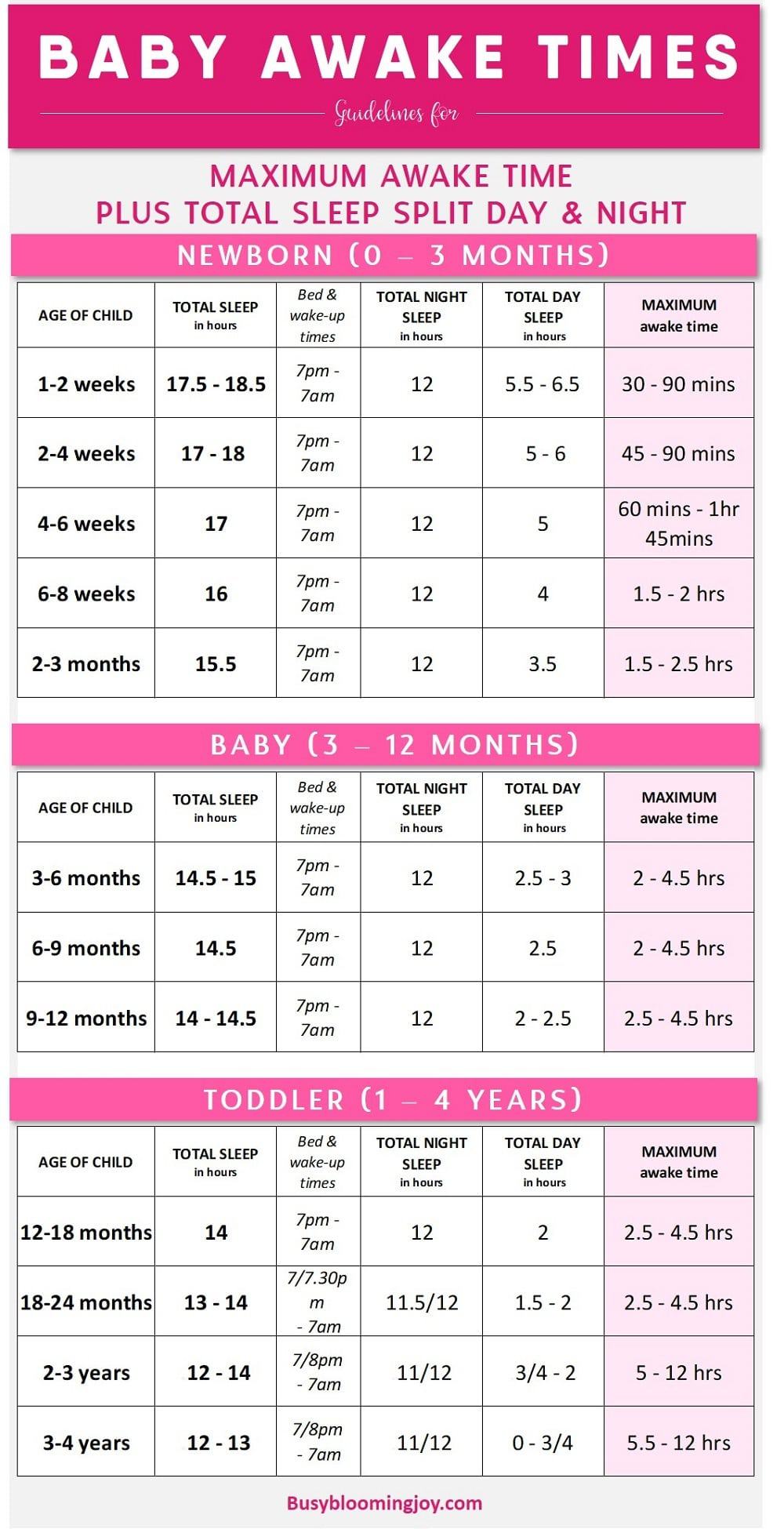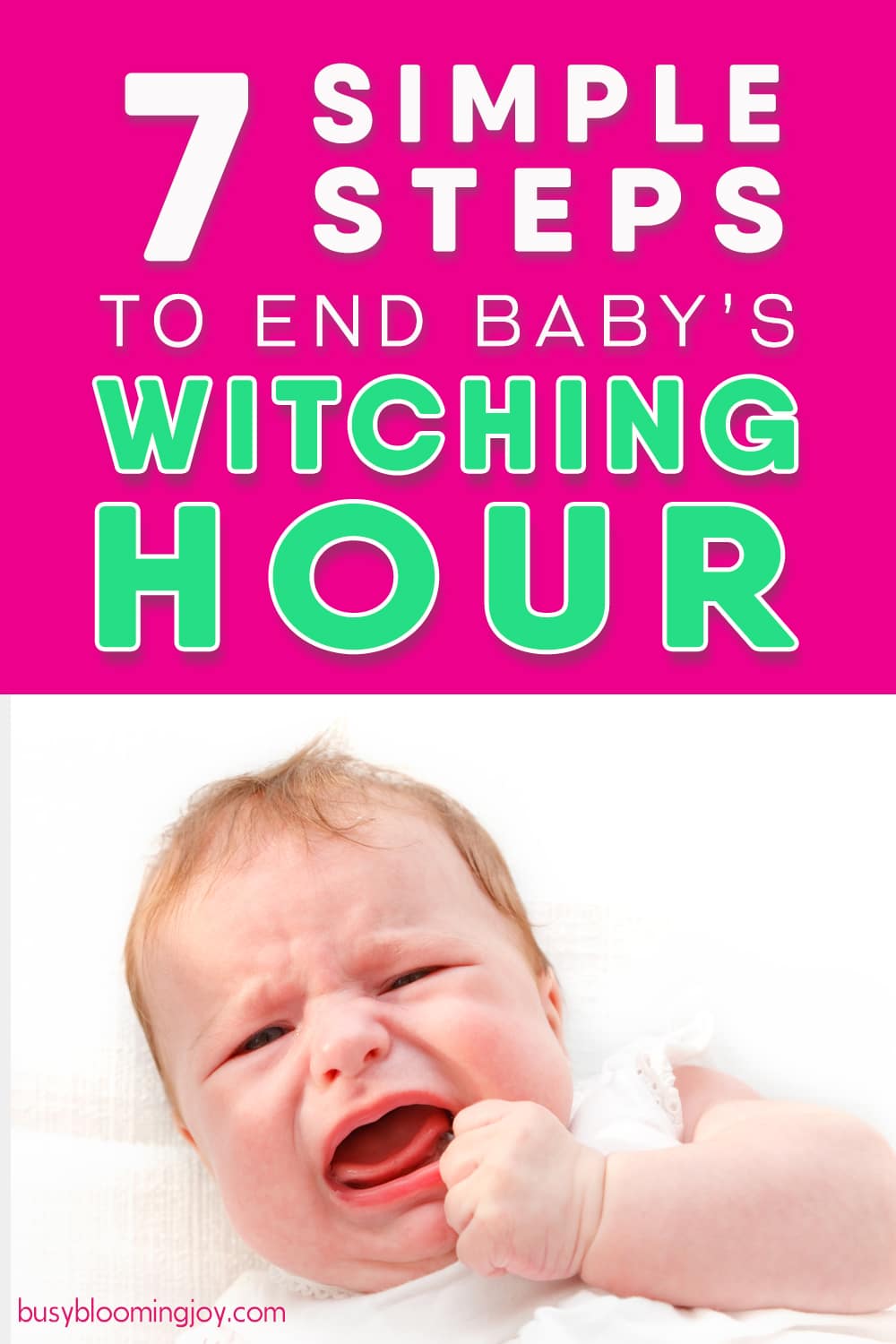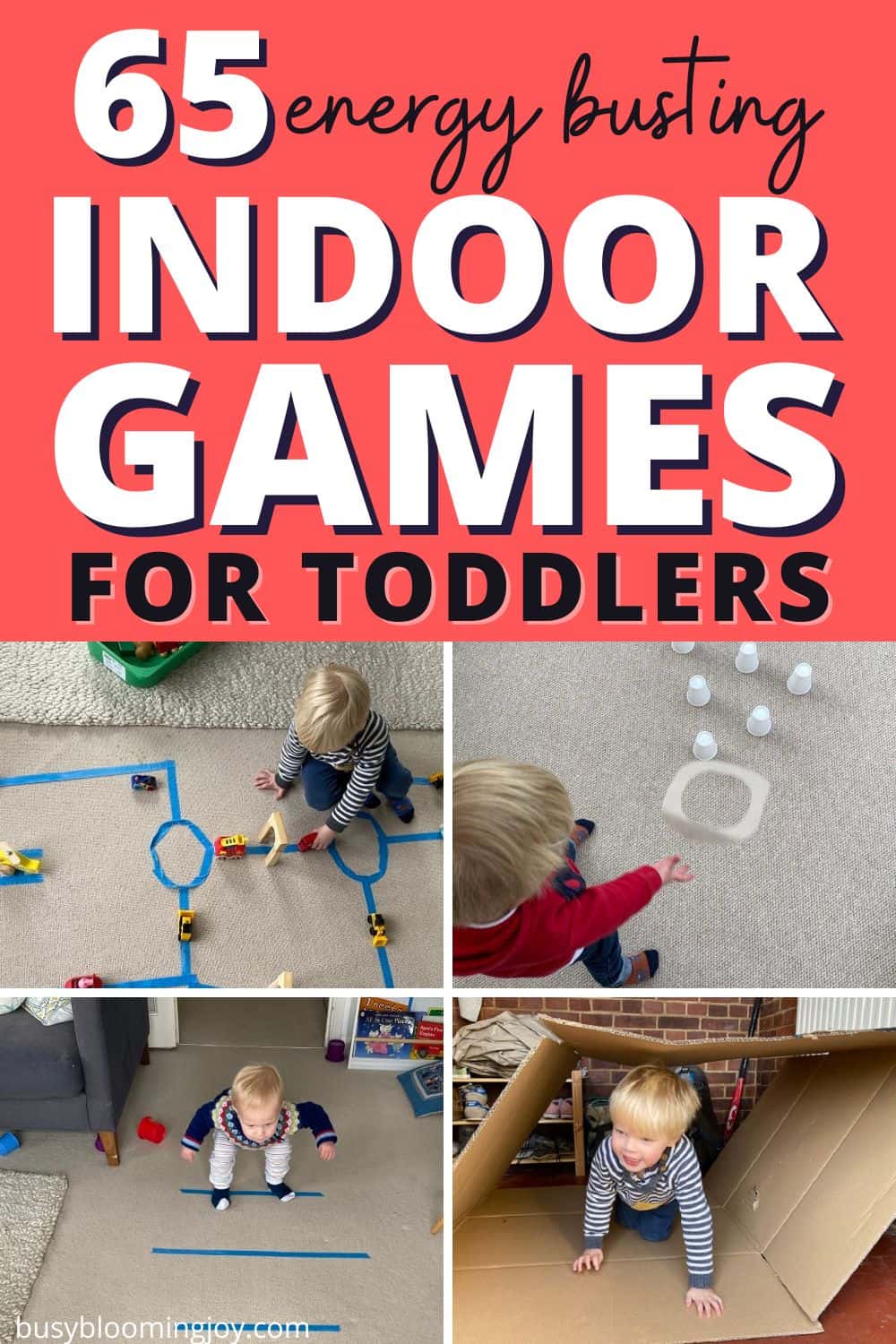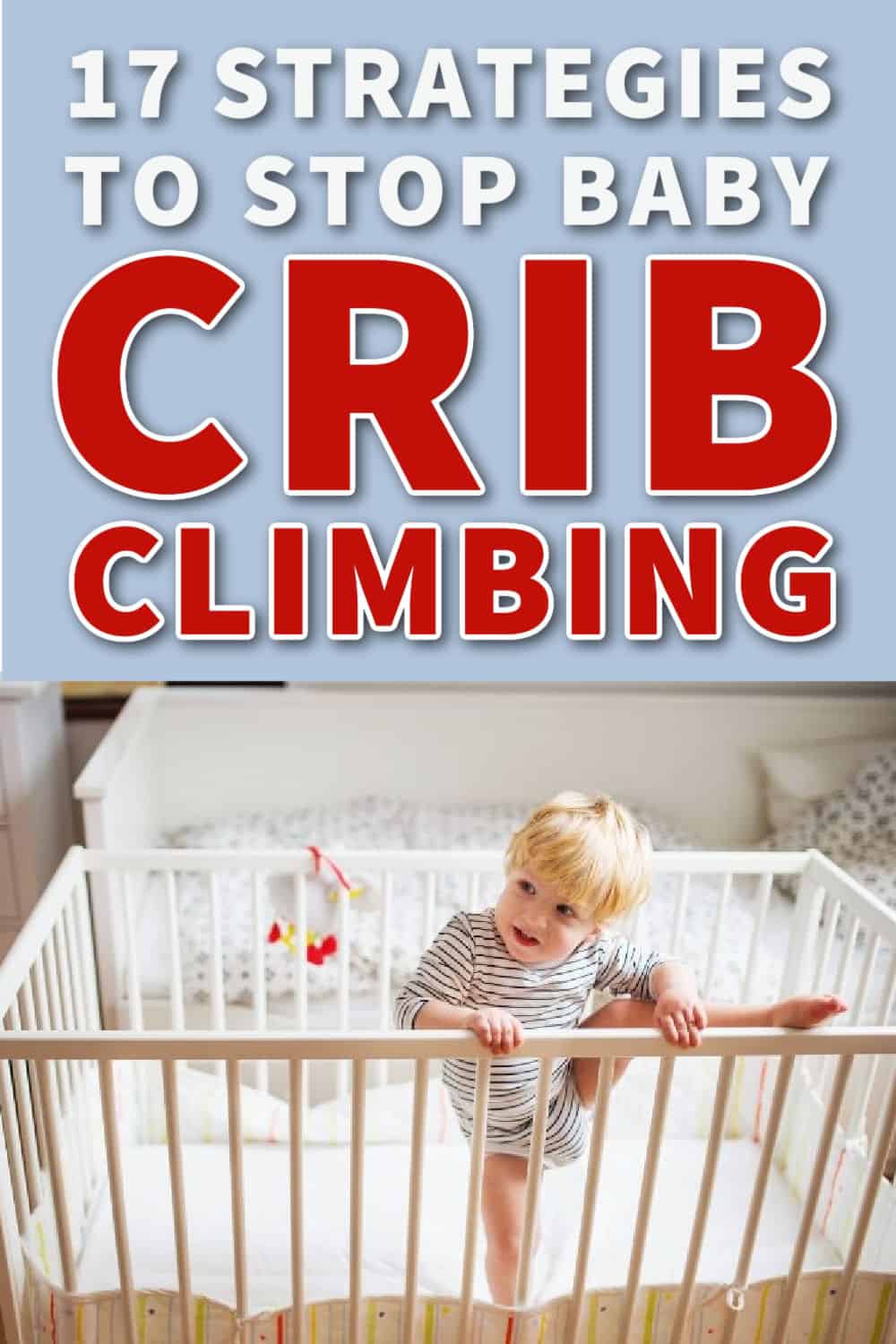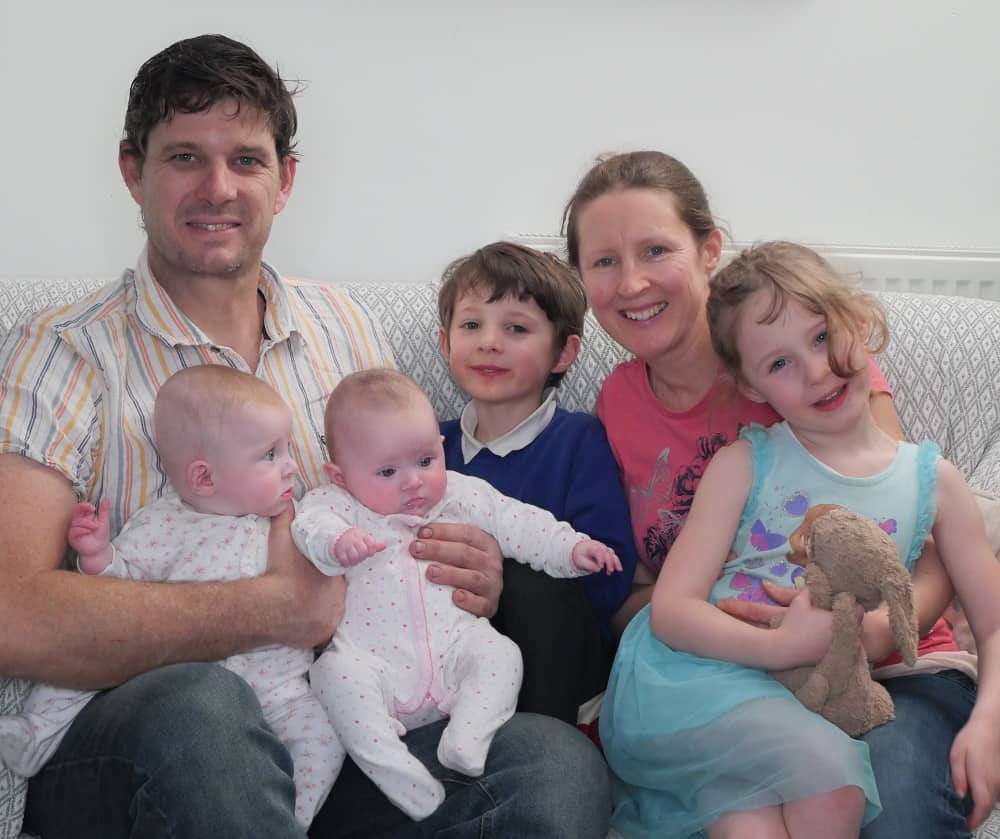If your baby is struggling at the ‘witching hour’, I feel you. Really I do.
My firstborn was a breeze, in hindsight, that is.
Babies are hard work, of course, but he never suffered at the witching hour, or ‘with’ the witching hour (I’m not sure which is grammatically correct…)
Along came baby number two. She struggled BIG TIME at the witching hour. Witching ‘hours’ would be far more accurate…
It was brutal. (And a total shock to the system after baby number 1.)
Finally, I understood what the other moms were on about when they talked about their baby’s witching hour.
But, with a little experimentation and a fair amount of hard work (I’m not going to lie, there is work involved here) it did eventually calm down.
I’m going to share with you what I learnt from my experience with my witching hour baby.
Plus, add in a few things I wish I’d known then, which would have almost certainly put an end to the witching hour sooner. (Things I came across in researching and writing about acid reflux in babies, colic and so-called inconsolable crying and excessively gassy babies.)
Table of Contents
ToggleWhat is the ‘Witching Hour’
If you’re wondering if you also have a witching hour baby, then these are the telltale signs:
- Several hours of fussiness/crying sometime between 5 pm and 11 pm
- You’re not really sure why baby is crying or fussing
- Whatever you try, nothing really seems to console your baby
- Baby wants to feed and feed and feed some more… aka cluster feed

‘Witching Hour’ vs. Colic: which does your baby have?
The modern definition of colic uses the ‘Rule of Threes’ definition: a baby who cries for 3+ hours, 3+ days a week for 3 consecutive weeks, with no obvious cause (i.e. nothing, but nothing, will really soothe baby).
Sounds a lot like the witching hour, right?
The only real difference is the time of day; the witching hour occurs during those evening hours, while babies with colic cry inconsolably at any time of day. (So, yes, it can get even worse than the witching hour…)
The thing is, babies with colic are almost certain to suffer at the witching hour. Whatever is causing their colic, is likely to be worse towards the end of the day.
If baby only suffers in the late afternoon/evening then that’s good news. It may not feel like it, but it is! Because that means it’s the witching hour and these 8 steps coming up will mean can put an end to it.
If it’s colic, there may be some complex issues at hand and finding the right remedies can be a little trickier.
For more on colic, check out this post here: Colic: what is it & is crying really inconsolable? Plus causes & remedies (yes, there ARE some)
Why do babies struggle at the Witching Hour?
There are a few things that can cause baby to fuss and struggle at the witching hour:
- Tiredness
- Overstimulation
- Hunger
- Gas pains
#1 Overtiredness
By this point in the day if baby hasn’t napped well or slept enough, he or she is likely to be tired. Overtired baby = fussy baby.
Overtiredness is probably the single most common cause of baby’s witching hour.
#2 Overstimulation
A busy day, lots of new faces, a trip to the store, a mother and baby class and all the other normal day-to-day life things will wear baby out.
Having come from the darkness and close comfort of being inside mom, it really doesn’t take much.
Combined with tiredness in the afternoon, more stimulation could be the last straw… beware the witching hour!
#3 Hunger
Hunger might be an issue, in which case baby will want to feed every hour or so, or ‘cluster feed’, apparently never satisfied!
There are a few theories for cluster feeding, but like many things baby, there’s no one agreed cause or reason.
One common theory was that mom’s milk supply was low at the end of the day; a combination of tiredness and the natural cycling of the hormones involved in milk production.
But breastfeeding researchers have recently found that while milk flow may be slower during the evening hours, milk supply is rarely insufficient.
So softer breasts that are less full in the evening (vs. the morning) should not necessarily be cause for concern. Emptier breasts actually mean milk will be higher in fat so baby won’t need as much to feel full. But the slower flow may take longer for baby to reach her fill. And baby may become frustrated, give up before being fully satisfied and then demand more milk a bit later.
To read more about milk composition, how it changes during the day and how milk production works check out this post here: Your Essential Guide To Newborn Breastfeeding: A Must Read To Start It Right
Another theory is that by cluster feeding, baby is ‘tanking up’ on milk before a longer stretch of sleep at night.
#4 Gas pains
Gas pains are very often a factor in colic. The same goes for the witching hour – the evening installment of colic.
Just like any pain or discomfort is more bearable when bright-eyed and bushy-tailed in the morning after some sleep, after a long day the opposite is the case. The pain feels worse. We’re less able to bear it.
For babies, the same is true, even more so.
Not only that – if you have a gassy baby, chances are even more trapped wind has accumulated throughout the day. More trapped wind = more gas pains.
So by the afternoon, baby is tired and more likely to fuss if uncomfortable. And by the afternoon, baby has accumulated even more trapped wind. In which case, the witching hour is pretty much a given.
The problem with cluster feeding at the Witching Hour
In a nutshell, the problem with cluster feeding comes when it’s actually ‘comfort’ feeding. I.e. feeding baby to comfort rather than because baby is hungry.
You see, the other 3 causes of the witching hour mean that baby desperately seeks comfort.
Yes, to tackle tiredness, overstimulation and gas pains baby obviously needs sleep, removal from that stimulating environment and to get rid of that nasty trapped wind. But the only thing they can clearly communicate with us is that they want comfort.
And this is where mother nature has not given babies the best chance…
How does baby seek comfort? By sucking and feeding.
How does baby look for comfort? By rooting to suck.
And how do we respond to baby rooting to suck? By feeding baby.
Rooting to suck is also a cue for comfort, not only for hunger.
Yes you heard that right!
Young babies (under 3 months) have a strong urge to suck. Many will want to suck at times other than feeding to feel contented. They often want to suck when tired, overstimulated, bored, uncomfortble, when in pain, and for pleasure. So a baby’s desire to suck does not prove he is hungry. Source.
This is not too much of a problem if tiredness and overstimulation are the only reasons for the witching hour. (And if hunger is the cause, yeah, then feeding is the answer.)
But if gas pains are also in the picture, feeding will only make the problem worse!
Yup, if your baby is gassy, the last thing you want to do is keep feeding.
This goes against all our natural mothering instincts, I know, but hear me out…

Digestive overload
If baby feeds when full, some milk will be pushed through the stomach, into the gut, before fully digested. This undigested milk ferments and gas is a bi-product.
So comfort feeding can mean more gas. Which means more pain and more fussiness…
And guess what? You go full circle and feed more.
THIS is something I had not got a handle on with my witching hour baby. She had reflux and the main cause of that, was gas. She was gassy for a few different reasons. I now realize that I was not as good at helping her with her gas pains as I could have been.
She cluster fed. But it was comfort feeding.
This article from BabyCues is a great read if you want to read more about digestive overload.
When do babies outgrow the Witching Hour?
Episodes of the witching hour peak at around 6 weeks and tail off at the 3-month mark and should be a distant memory by 6 months…
Having said that, given that ALL cases of the witching hour are related to tiredness, if your 9 month-old is normally a super solid napper and then suddenly misses that all-important 2-hour afternoon nap you could well be facing a fussy, irritable and inconsolable baby.
How to end baby’s Witching Hour in 7 simple steps
#1 Ensure baby gets enough sleep in the day
Given that overtiredness is a factor in every baby’s witching hour, enough sleep is key!
So:
- Check the amount baby sleeps is inline babies their age and stage
- Encourage some longer naps of 1.5-2 hours
- Check baby is not showing obvious signs of tiredness throughout the day
Check the amount baby sleeps is in line with their age and stage
There’s no hard and fast rule for exactly how much sleep your baby will need; daily sleep needs will probably differ from one baby to the next.
Your baby’s sleep needs will also quickly change as she grows and develops.
HOW TO ACTUALLY DO IT
If you’re looking for some guidelines, this baby sleep chart is just what you need.
The chart should help ensure baby is well-rested with ample time for the important developmental processes that occur during sleep.
Your baby may need a little more or less sleep than in the sleep charts, but once you’ve figured this out, try as much as possible to ensure baby gets the required number of hours sleeping EVERY day.
You can then use the chart to guide you through the different ages and stages.
There’s detailed guidance on how to use the charts within the sleep chart post: Baffled by how much sleep baby needs? Baby sleep chart to the rescue!
Encourage some longer naps of 1.5 – 2 hours
Not all naps are equal!
Consolidating multiple short naps into fewer longer ones will be of huge benefit to your baby; baby will be better rested.
(Just like as adults we feel better after 8 hours uninterrupted sleep, rather than a few hours here, a few hours there… something you’re no doubt aware of in the middle of the newborn phase…)
And having put the kettle on, stacked the dishwasher, grabbed something to eat and given your other kids attention, you just sit down for 5 minutes of peace and… baby wakes up. Short naps suck!
HOW TO ACTUALLY DO IT
Check out this baby day nap chart, in the baby sleep chart post for a guide on the ideal nap structure.
Regardless, getting these longer naps isn’t always that easy.
These are the basics to encourage longer naps:
- ensure a good sleep environment – dark, pitch-black even (yes, dark is best for naps, even in the day) quiet or with a constant background noise (to drown out sudden loud noises)
- swaddle – to prevent the startle or Moro reflex from waking baby
- ensure baby is well burped before a sleep – so trapped wind does not disturb baby
- pause – don’t rush in when baby stirs, if you wait, chances are baby will settle back to sleep (in fact baby may not be awake at all, since they’re noisy, restless sleepers)
All of these encourage baby to fall back to sleep if he or she wakes up between sleep cycles.
The last one is particularly important, both for longer naps in the day and for longer stretches of sleep at night (and eventually to sleep through the night).
For an in-depth guide on encouraging longer naps, check out: Fed-up with short naps? 9 tactics to take 2 hour naps from dream to reality
Check baby is not showing obvious signs of tiredness throughout the day
Whether your baby sleeps according to those sleep charts or other sleep guidelines and whether or not they take 6 short naps or 3 long ones, the key that baby is getting enough sleep is no signs of tiredness at other times of the day (i.e. not just at the witching hour).
There are several clues that baby is not getting enough sleep. Before baby reaches full-on meltdown at the witching hour, look out for other signs of tiredness earlier in the day. Things like:
- Yawning
- Staring vacantly
- Avoiding eye contact
- Moving jerkily
- Frowning
- Clenching fists
- General irritability
- Rubbing eyes and ears
- Being clingy
- Losing interest in toys
- Sucking fingers
- Turning head away from stimulation
If you can pick up on these, get baby to take a decent nap or two, you should be able to avoid the witching hour.

#2 Ensure baby isn’t staying awake too long in the afternoon
AKA avoid overtiredness in the afternoon…
Do not make the mistake of thinking that keeping baby awake longer and letting them become even more tired will mean they sleep better… It just doesn’t work like that.
(Given that I’ve harped on about tiredness being the number one reason for baby’s witching hour, you’re hopefully getting the gist by now…)
HOW TO ACTUALLY DO IT
Keep on eye on exactly how long baby has been awake between naps.
With smartphones this really isn’t difficult as there are a ton of free tracking apps that you can use. I used Baby Daybook on my iPhone. This article has a choice of 20 different feed and sleep tracking apps if you want more choice and/or have an android phone.
You can use this baby awake time chart as a rule of thumb when it comes to how long your baby can stay awake without becoming overtired.
The chart is just a guide – all babies are different! But if your baby is staying awake a lot longer than the times suggested, it’s highly likely your baby is overtired.
More detail on figuring out your baby’s awake time here.
#3 Allow enough time for ‘wind-down’
Just like you probably need some time to wind-down and switch off before falling asleep, so does your baby. What’s key is to allow enough time for it – start it before baby gets overtired.
HOW TO ACTUALLY DO IT
This wind-down might include a bath, some baby massage, swaddle, final feed, cuddle, lullaby, looking at a baby book, gentle rocking or shushing and a light projector/show. So a few things!
You need to allow at least 15 minutes and if bathing as well, probably 25 minutes minimum.
Carry out as much of the wind-down in the nursery or wherever baby is sleeping.
Make this environment as sleep-inducing as possible – ‘set the stage’ for sleep. So a comfortable temperature, low-lighting, with some white noise or background music as mentioned at #1. (With just have enough light so you can see what you’re doing of course.)
Start your wind-down BEFORE baby gets too tired… So lookout for the tiredness cues mentioned at #1 and get winding down!

I highly recommend a night show or light projector during wind-down – not only was it great to wind down, it was key to my firstborn falling asleep independently. At the end of the wind-down I lay him down in his cot drowsy but awake and he was so mesmerized by the changing pattern of different colored lights he just drifted off (much to my surprise the first time I tried!)
I used and still use this baby monitor with light show which is perfect for newborns as you can put the light show on a timer, so at the end of the show the room is as dark as possible (light is a big reason newborns wake when they’re transitioning between sleep cycles).
It is a little pricey but is a great monitor: incredibly clear, has a long range, the sensitivity to noise is adjustable, you can set an alarm if the temperature or humidity goes above or below a certain level, plus it has lullabies and the light show.
#4 Put baby to bed early if tired or allow a ‘power’ nap
Again, watch out for tiredness cues and if you see a meltdown on the horizon, start your wind-down early (a short wind-down with no bath) and put baby to bed early.
If baby is looking tired much earlier than normal or earlier than you want baby to go to bed (say 5.30 pm rather than 7 pm), allow a short catnap or power nap.
HOW TO ACTUALLY DO IT
This will be very much dependent on how old baby is – a power nap might mean 30-40 minutes for a 3 week old baby. But at 3 months, baby may only need 10 minutes to feel rested enough to make it through another hour or so until bedtime.
So, be guided by the awake times suggested in this baby day nap chart, working backward from the time you want baby to go to sleep, combined with some guesswork on how long the nap should be.
e.g. If baby needs a nap at 5.30pm and you normally aim for a 7 pm bedtime and is 6 weeks old, you could try a 20 to 30-minute power nap. Baby will feel refreshed for the last hour, so should take a decent feed, enjoy his bath and still be tired enough to settle to sleep soon after 7 pm.
You may have to push bedtime until 7.30 pm but for me that would be far preferable than letting baby sleep much longer, say until 6.30/7 pm and then not being ready for sleep until 8/8.30 pm.
#5 Take baby out of the stimulating environment
Even if baby has napped well, towards the end of those awake periods, so before bedtime/as the first night nap approaches, baby will be starting to get tired.
Be careful at this point that baby is not overstimulated.
HOW TO ACTUALLY DO IT
Take baby away from bright lights, screaming toddlers, slamming doors.
Say no to a complete stranger wanting a cuddle.
Ask your other half to calm down on the rough and tumble games…
For me, this meant taking my daughter into the nursery so it was just us. My husband would come home and him and my toddler son would go a bit mad – playing, shouting, laughing…(the shouting was mainly my son, but you get the gist.)
As much as I wanted to enjoy this time with them, it only added to our problems at the witching hour.
#6 Let baby feed if hungry, top-up with a bottle after careful consideration
So cluster feeding is common. Baby wants to feed and feed and feed….
Fine, if hunger is the reason, keep at it.
If it’s really getting too much, you could try topping baby up with a bottle.
But this is not one to take lightly…
HOW TO ACTUALLY DO IT
If you decide to go the bottle route and top-up with formula, you need to know that your milk supply will drop as a result, since silk is produced on a supply-and-demand basis. If you breastfeed less one day, then the next day your body will produce less milk…
For more details on milk production, check out this post: Your Essential Guide To Newborn Breastfeeding: A Must Read To Start It Right
It’s not something you can do one day and then not the next. So you need to commit to feeding a bottle or topping up with a bottle every evening at the same time.
Another option is to express/pump extra milk early in the morning (when you’re likely to be very full and have a lot of milk) and use that milk to feed to your baby.
This way, you’re still exclusively feeding breastmilk and your supply of milk is much less affected (overall in the day you’re producing the same amount, only not at exactly the same time each day).
One huge benefit to topping up with a bottle (regardless of formula or expressed breastmilk) – SOMEONE ELSE CAN GIVE IT!
(Can you tell I was a fan of that one?!)

#7 Avoid comfort feeding – try a pacifier
You want to try and recognize when baby is looking for more milk due to hunger or is just wanting comfort.
YOU WANT TO AVOID COMFORT FEEDING AT ALL COSTS
If you’ve somehow managed to skip the section above, titled ‘The problem with cluster feeding at the Witching Hour- – go back and read it!
Comfort feeding will only make baby’s fussiness and the witching hour worse.
HOW TO ACTUALLY DO IT
Is baby seeking comfort or more milk?
Again: rooting to suck can be a cue for comfort as well as hunger.
If it’s comfort, feeding is likely to make baby fussier, plus you may see symptoms of abdominal discomfort and gas pains:
- curls up and draws knees to chest
- grimacing
- high-pitched screams
If this is the case, a pacifier could help – baby can suck and feel that comfort and not be at risk of overloading their digestive system further. Read more here on how a pacifier can help with digestive overload.
In addition, try and alleviate any gas pains that may be causing the discomfort and desire to comfort feed – as per #8.
Otherwise, try other methods of soothing your baby WITHOUT feeding.
#8 Minimise baby’s gas pains
There are a lot of reasons baby might be gassy, from the way baby feeds, your diet as a breastfeeding mother, their formula as well as underlying gut issues.
Luckily, there are a lot of ways to combat these issues too.
Regardless, all babies are gassy to some degree, so whatever the reasons, helping baby release that trapped wind is essential.
HOW TO ACTUALLY DO IT
Burp baby, a lot. Way more than you think.
Think 10 to 20 burps per feed. Some during, some after.
I never burped my witching hour baby enough. I’m sure if I’d been more on the ball with burping her throughout the day her reflux would have been much less severe as would her witching hour episodes.
Her gassiness and reflux meant she often didn’t get enough sleep in the day. I tried by all means to get a solid nap routine and followed a sleep schedule, but she often woke early. I’m sure the reason was trapped wind.
By the early evening, she was often exhausted, still gassy and comfort fed desperately, making the situation worse.
Check out this gassy baby post for more details on burping and all the other causes and remedies for gassiness: Got a gassy baby? 16 Common causes & remedies to fix them for good
And for all about reflux: The scoop on REFLUX REMEDIES: natural remedies, over-the-counter ones & prescribed medications
In summary
Hopefully, now you have all the tools to end the witching hour for good!
To recap, don’t let baby become too tired – work on decent sleep in the day and a good nap structure
A sleep and feeding schedule should take care of this – well worth a try: Starting A Newborn Sleep & Feeding Schedule That You And Your Baby Will Love – The Ultimate Guide
Calm it down in the afternoon/as bedtime approaches – avoid overstimulation.
Beware of comfort feeding! If feeding seems to be making baby worse try a pacifier or other ways of soothing baby.
Make sure you are burping baby A LOT. 10-2o times per feed at every feed.
These last two are where I failed – the other witching hour remedies definitely helped with my baby, but I’m sure I could have put a stop to it a lot quicker and earlier if I’d done more burping and less comfort feeding.
The gassy baby post again – this is well worth a read if you think gassiness is a cause of your baby’s witching hour: Got a gassy baby? 16 Common causes & remedies to fix them for good
For more on colic/reflux/baby fussiness:
My baby is gassy. Is it a sensitivity to dairy or something else?
Colic: what is it & is crying really inconsolable? Plus causes & remedies (yes, there ARE some)
The scoop on REFLUX REMEDIES: natural remedies, over-the-counter ones & prescribed medications


